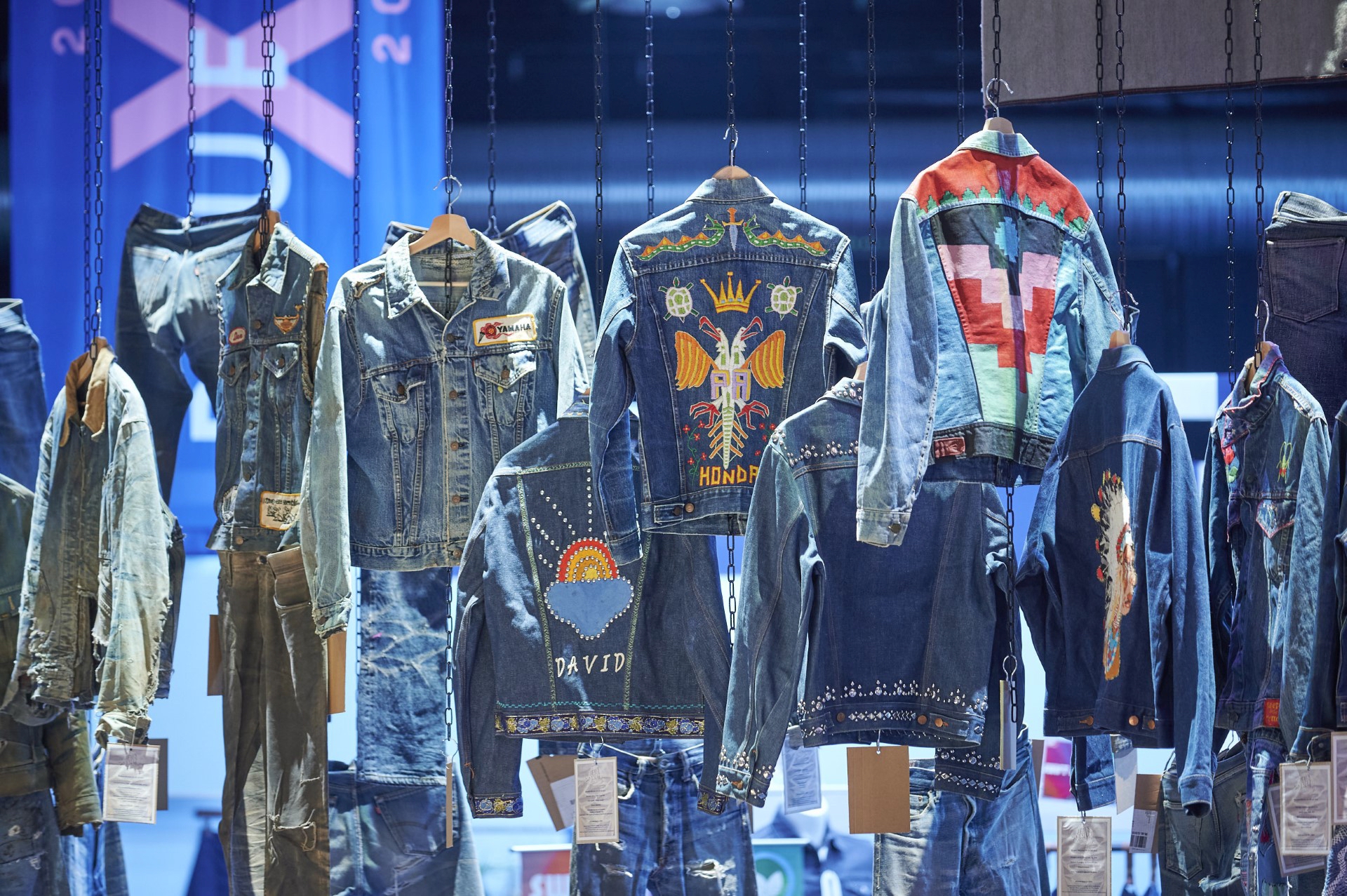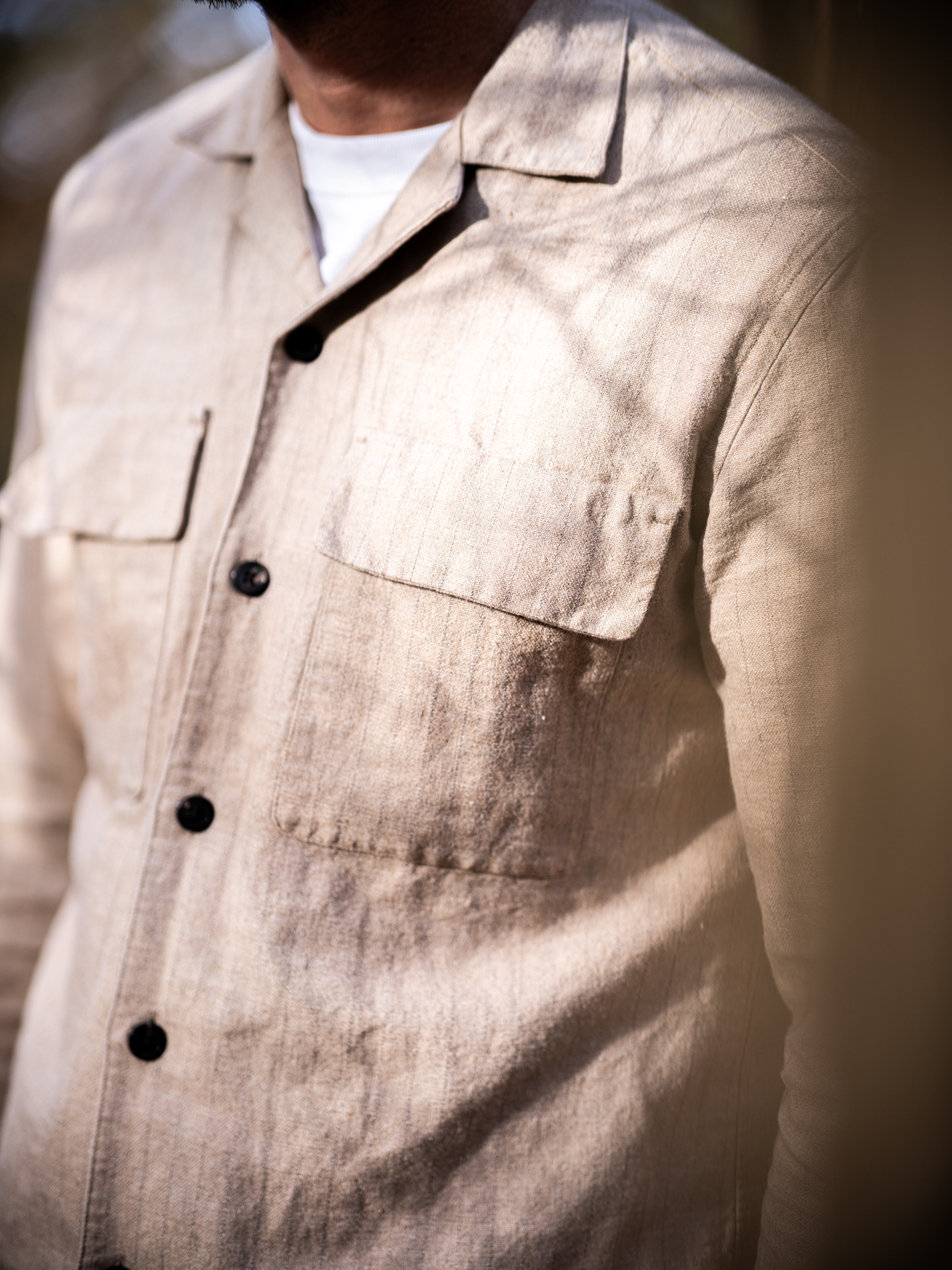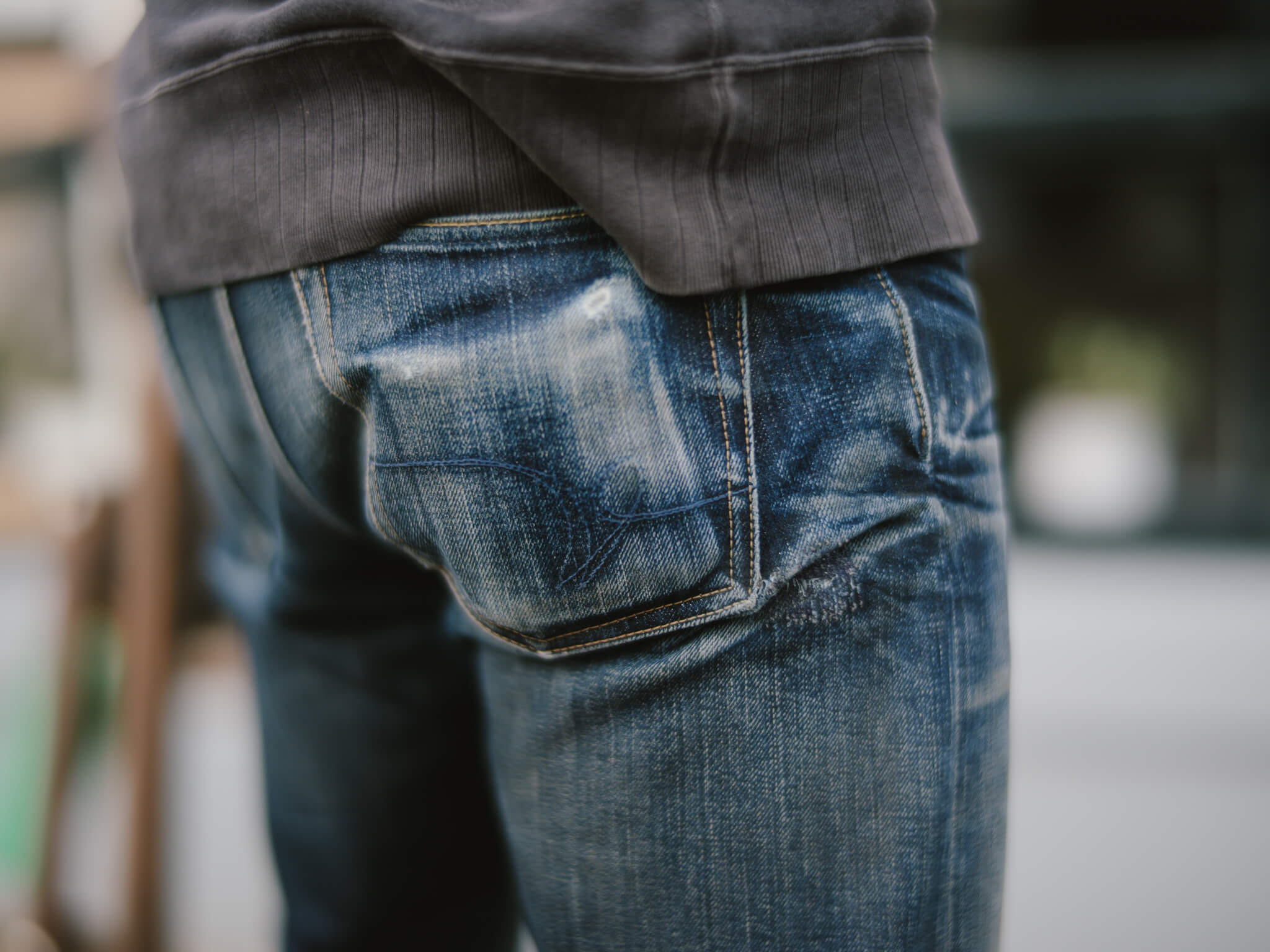A Conversation With Founder and Owner of FULLCOUNT Mikiharu Tsujita
At first sight, Japanese denim seems to have been around since time began. The vintage machinery, the colorful textile traditions and seasoned artisans, not to mention the unparalleled high quality of the denim, all give the impression that the Japanese denim industry is as old as the Samurai themselves. But the industry was only established just a few decades ago and Japan’s history with denim doesn’t stretch back as far as many other nations. But do not dismay or let that detract from the legacy and power of Japanese denim. To the contrary, although established only recently, the Japanese denim industry has an esteemed history which is packed full of legend, notable characters and hard hitting brands.
At the cradle of the Japanese denim industry, we find a selective group of charismatic people. A few guys who together have set a benchmark of excellence within the industry, making perfection an important pillar of Japanese denim. This group of founding fathers with their brands – known as the ‘Osaka 5’ – set the framework and framed the identity of the Japanese denim industry which we know today. Mr. Mikiharu Tsujita is one of these men and is the founder, owner and head of design at FULLCOUNT.
Before Mr. Tsujita established FULLCOUNT, he was the co-founder of one of the first Japanese denim brands to exist. He later established FULLCOUNT with one important key mission; “creating a jean that feels so good you don’t want to take them off”. Today, FULLCOUNT is a leading Japanese denim brand with a rich history and core following. It has set many milestones since its inception, including the pioneering use of Zimbabwe cotton in the production of selvedge denim.
We recently had the honor of speaking with Mr. Tsujita about the history of Japanese denim and the history of FULLCOUNT. Arigatō Mr. Tsujita for your time, interest and trust.
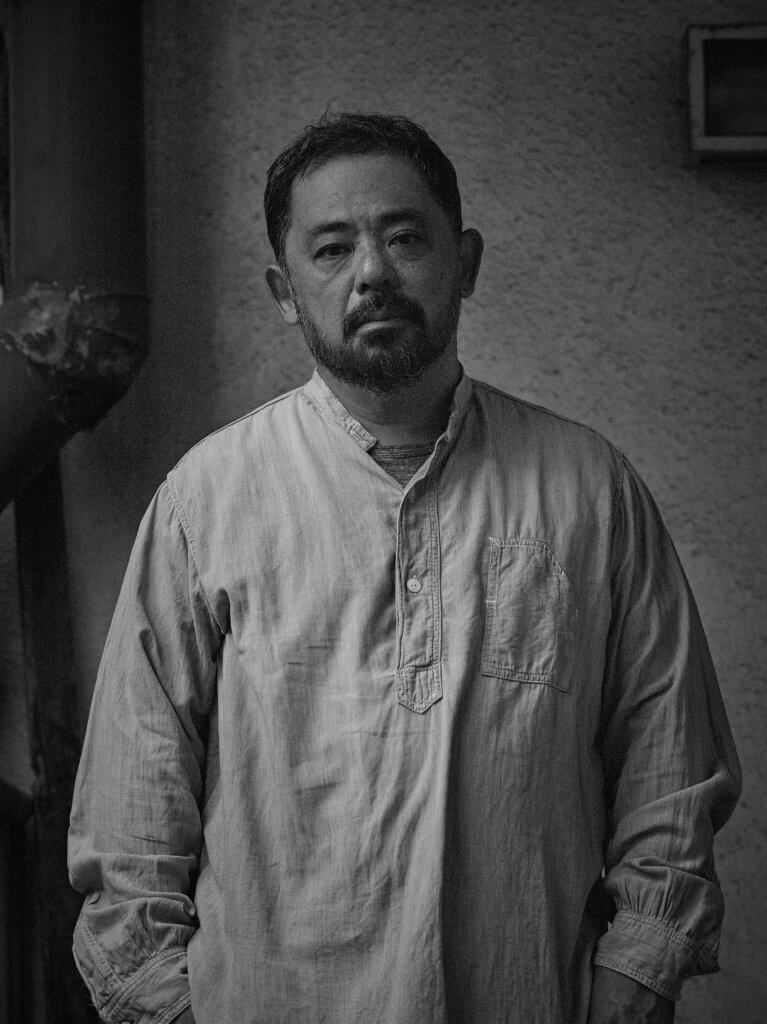
Robin Denim (RD): Dear Mr. Tsujita, thank you for taking the time for our interview! Can you please start by introducing yourself?
Mikiharu Tsujita (MT): My name is Mikiharu Tsujita, I was born and raised in Osaka in 1966. Osaka is one of Japan’s biggest cities, but unlike Tokyo (the biggest city in Japan), most of the people living in Osaka are born and raised in the city, giving our city a unique culture. This is expressed through our delicious foods and our unique dialect, but also in fashion. In my opinion the Osaka fashion style hasn’t been influenced by trends that much, but has mainly been shaped by our culture and love for secondhand clothing.
I didn’t go to a fashion institute or a denim design school but I have been studying fashion through my passion for vintage clothing. 30 years ago, in 1990, I started to make denim, and in 1992, I started FULLCOUNT.
(RD): Japanese denim has enchanted the world, but it wasn’t like that when you started working on the development of FULLCOUNT. Can you tell us about the early days of Japanese Denim?
(MT): In the latter half of the 1980s, when I got involved in the industry, jeans were already becoming a fashion statement and their original purpose was getting lost. In the 1940s, denim served as working clothes. I believe denim is supposed to be made following the same principles and ways that it was made in the 1940s. In order to do this, I searched for machines that were no longer in use, I spoke with craftsmen, and I started developing garments from scratch. When I started FULLCOUNT, we had to produce at least a 1,000 pairs of jeans per batch, making it quite difficult to start a brand. But we faced the challenge, we conquered the difficulties, and the rest is history!

(RD): Before you started FULLCOUNT, you were involved in Evis Jeans. Can you tell us about your time with the brand and what made you decide to leave?
(MT): Yes, I was part of the group that established Evis Jeans, one of the first Japanese denim brands ever. Evis Jeans, also named Ebisu, had a very strong icon and identity which was different from the brand that I wanted to create. The difference in vision was the main reason I decided to leave Evis Jeans to start my own brand. I started FULLCOUNT because I could shape it into exactly what I had in mind.
In the first years after I left Evis Jeans, I didn’t speak with the other guys because we went down our own paths. We started our own brands, followed our own visions and production methods. It was years later, and time has changed, that we speak occasionally with mutual respect.
(RD): You started FULLCOUNT in 1992, many years before other popular denim brands were founded. What was the original intention behind the brand?
(MT): The difference between denim and other types of garments is that the wearer of a pair of jeans will have an attachment to the jeans, and that it will become an important part of the wearers’ style. With FULLCOUNT,
I wanted to create a new way of thinking and a new set of values for clothing, comparable with the way we appreciate watches and vintage cars. I wanted to help people find the importance of valuing garments and to see the beauty in old jeans, like the way we appreciate vintage.
I used Zimbabwe Cotton because I thought – and still think – that this type of cotton was the best option to reproduce jeans of the 1940’s, while using current long fiber cotton. Another decisive factor for using Zimbabwe Cotton is the manual picking, which doesn’t harm the cotton fibers in any way. Zimbabwe cotton doesn’t necessarily affect the fading of a pair of jeans but because it is so comfortable to wear, it will inevitably be worn more frequently, and will thus fade faster!
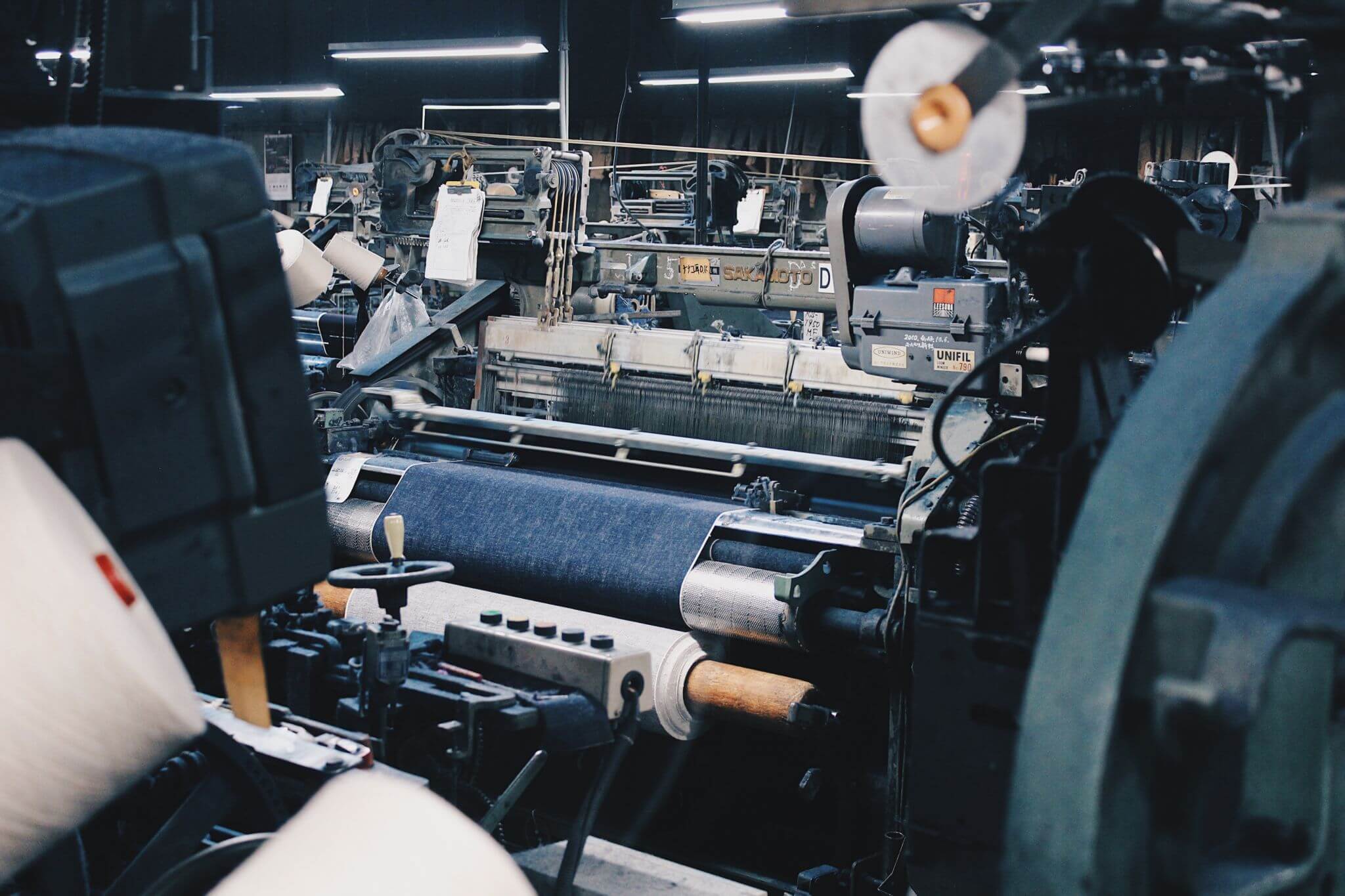
(RD): When you established FULLCOUNT, American denim ruled the world and the Japanese market was focused on vintage American denim. Who was your target audience when you started?
(MT): When my first garments were meeting the quality I was looking after, I showed them to people who were into vintage denim because I felt that they would understand the best. They were already fascinated with the denim fabric and they were already wearing the style I wanted to achieve with FULLCOUNT. I remember that the people I showed our jeans to were expecting reproduction vintage denim, and nothing else.
Because vintage denim from America was all over Japan and everybody loved it, it made total sense to reproduce it. This approach has never changed – my drive to create a jean that feels so good you don’t want to take them off actually increased as I got older. But, I would like to reach younger generations as well!
(RD): At a certain point, people from outside of Japan started to be very interested in Japanese denim. When do you think Japanese denim became so popular?
(MT): FULLCOUNT started to attract attention from overseas around 2005 and I believe the reason for this is because the product itself can only be made in Japan. I mean, we still weave the denim on vintage shuttle looms, and we still make the jeans on the same old machines which vintage denim was made on. Where most industries develop to improve quantity, make efficiencies and to save money, we do everything we can to maintain our vintage machines and the way we produce high quality denim. I strongly believe that this is the reason why people love Japanese denim.
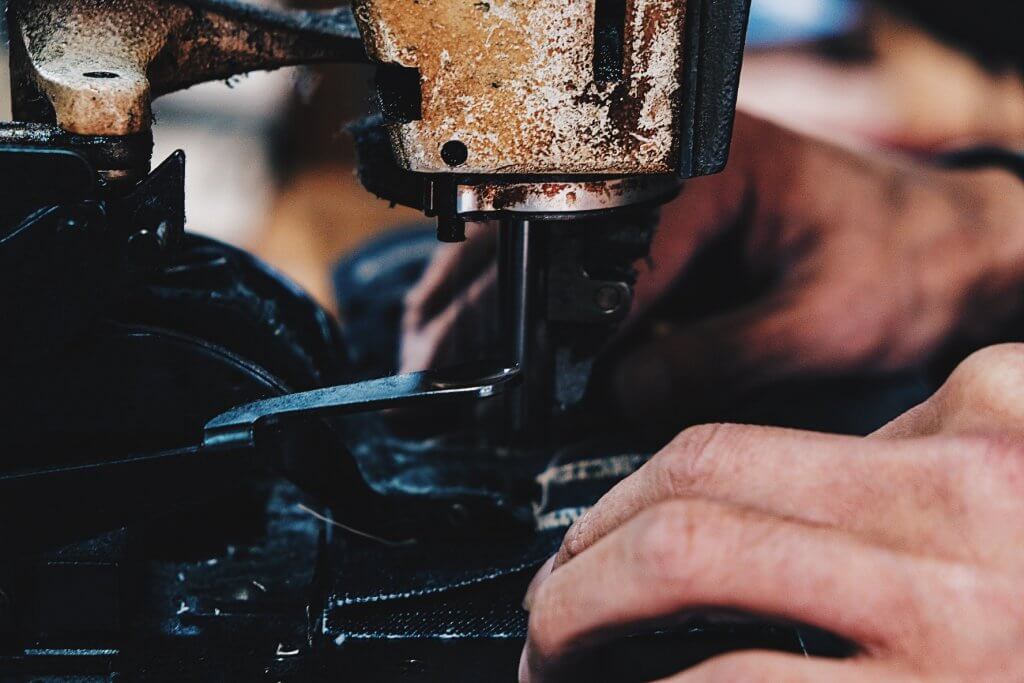
(RD): When Japanese denim started to become popular outside of Japan, many newer brands were created. How do you see FULLCOUNT in relation to these newer and younger brands?
(MT): We are a brand that laid the foundation for the Japanese denim industry in general. By continuing to make the same things for nearly 30 years, we have a huge amount of data and experience, we make products of a quality that cannot be imitated easily. We are very particular about the quality and comfort of our products.
The brands that started once the foundation of our industry was shaped, were more focused on overseas markets. They developed their brand in search of popular overseas trends, because the market in Japan was already shaped. We believe that we are recognized as a brand that created the foundation for these ‘newer’ denim brands but we recognize that they promote Japanese denim in a business-like manner to the overseas market too.
(RD): FULLCOUNT is considered as one of the Osaka 5, meaning that you are one of the first original Japanese denim brands. Were you also one of the first that became popular in the overseas market?
(MT): We started going to overseas exhibitions from around 2000. At that time, there was no Japanese denim in overseas markets and we were dealing directly with department stores and selected shops. Later, other denim brands started selling overseas (mainly heavyweight denim fabrics) in a period when FULLCOUNT wasn’t available in many big stores or businesses. But as the market grew and more and more Japanese brands were selling overseas, it seemed that people naturally started to become interested in original denim brands from Japan like ours. From that moment, FULLCOUNT started to grow in popularity in the overseas market.
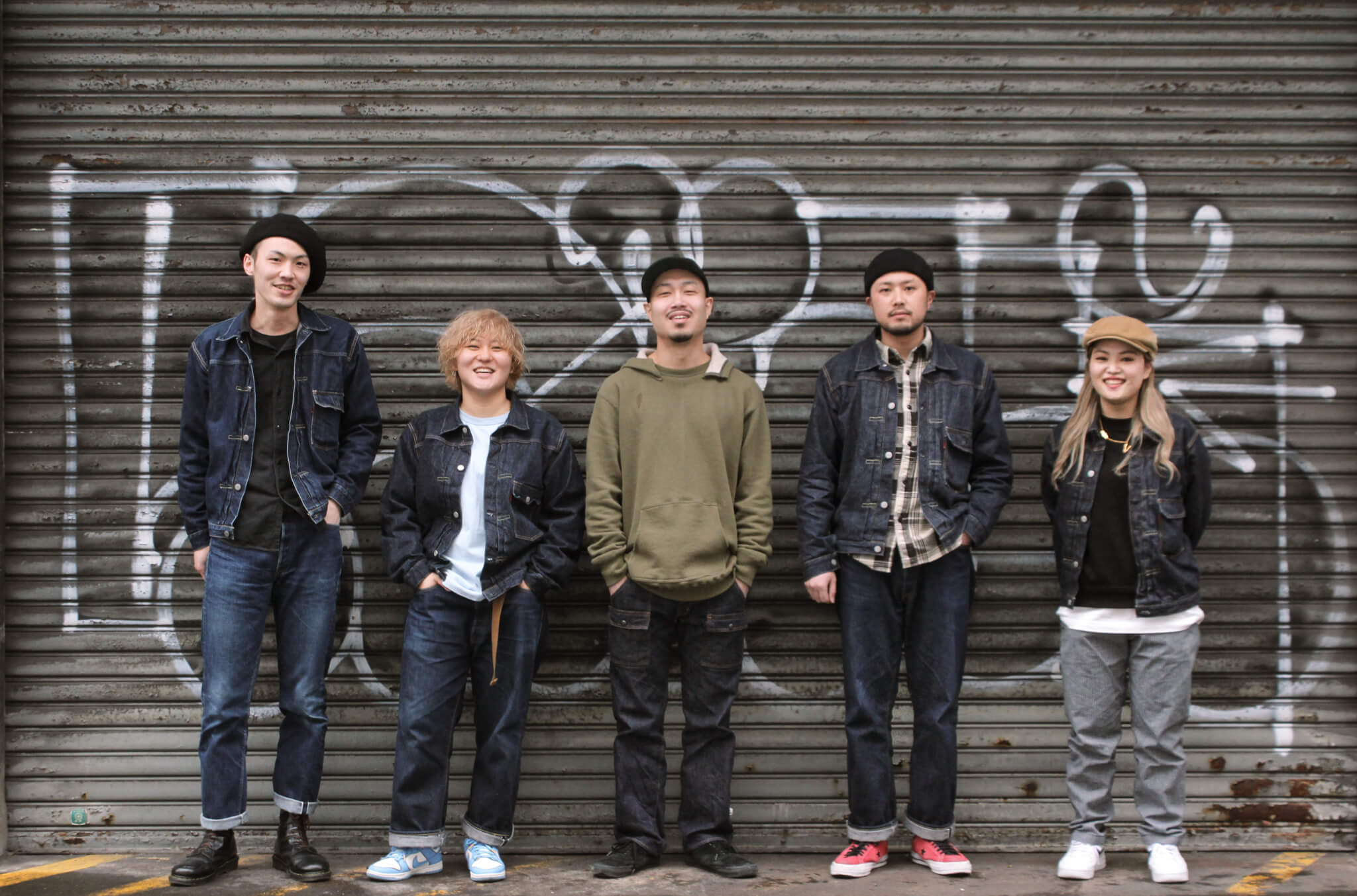
(RD): Was there a big difference in ‘denim culture’ between the Japanese and overseas markets? And is that difference still as big today?
(MT): At first there was a big difference, but now it seems to be shrinking. I believe that if you understand the number of processes until the product is completed, and when you start to understand the time and effort which are necessary to create our products, you can understand the goodness of our denim even more. I think this understanding is more important than the difference in cultures and markets.
I think the difference isn’t necessarily shrinking because of the rise of social media, and I don’t think social media made it easier for us to sell our products in other countries. But for FULLCOUNT the sales in the overseas markets has been driven by the level of understanding of our products at our dealers and with our customers.
(RD): Did FULLCOUNT change its direction to meet the overseas customers’ demands?
I haven’t changed my basic attitude for a long time, but there are times when I made products using fabrics that overseas customers like. We never made products especially for overseas customers, but we have some styles (SR denim for example) that are especially popular amongst overseas customers. But, to be honest, I think that the popularity of our products mainly depends on the level of understanding of our product at the FULLCOUNT dealers overseas. They are the ones who need to sell and educate our customers, and we consider ourselves very lucky with the dealers we have!
(RD): Arigatō Mr. Tsujita for your time and for the unique insight into the history of your fantastic brand!
A few months ago, we also reviewed the 15.5oz. 1110xx, one of FULLCOUNT’s most popular pairs of jeans. Click here to read everything you need to know about this fantastic pair of jeans!
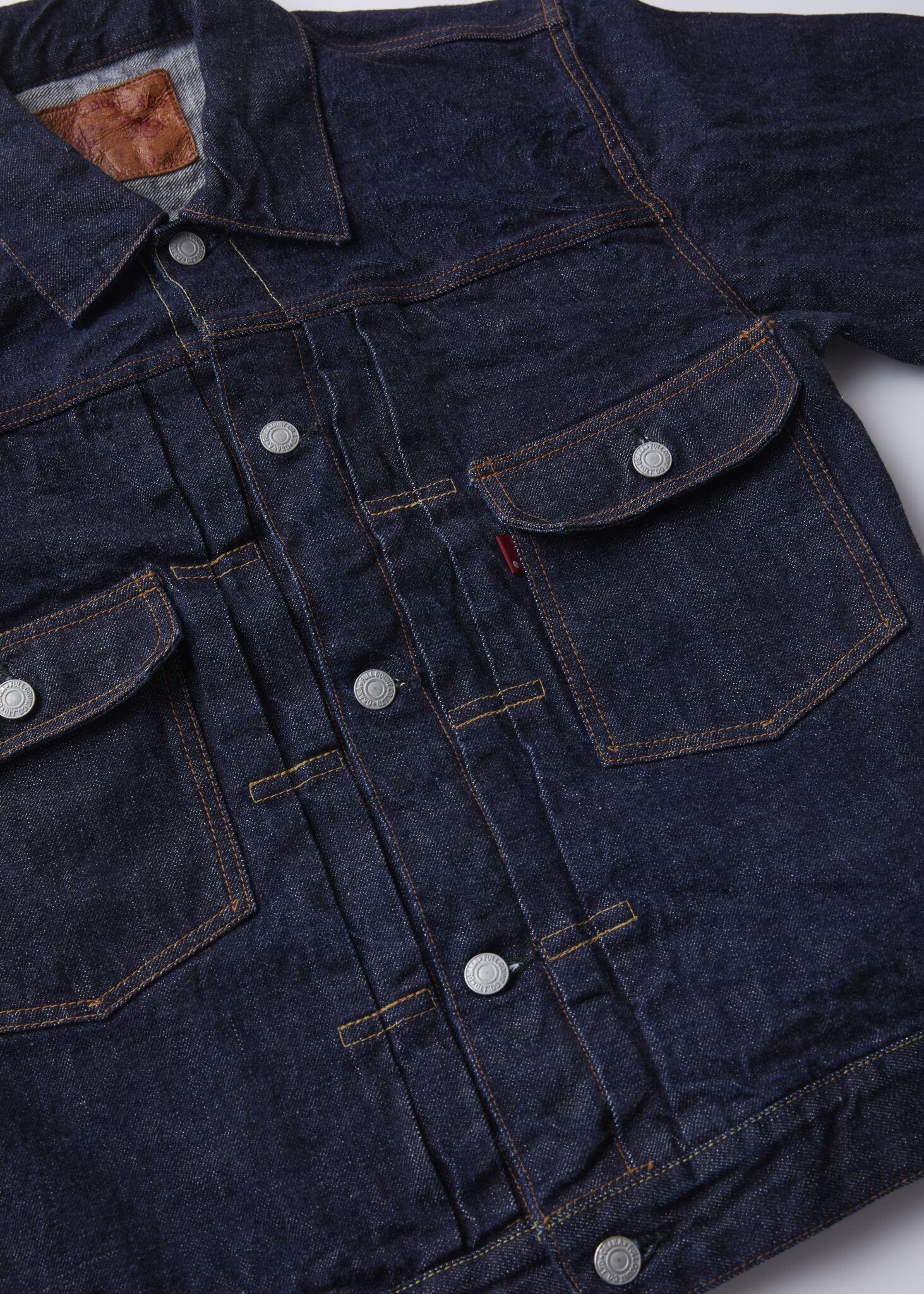
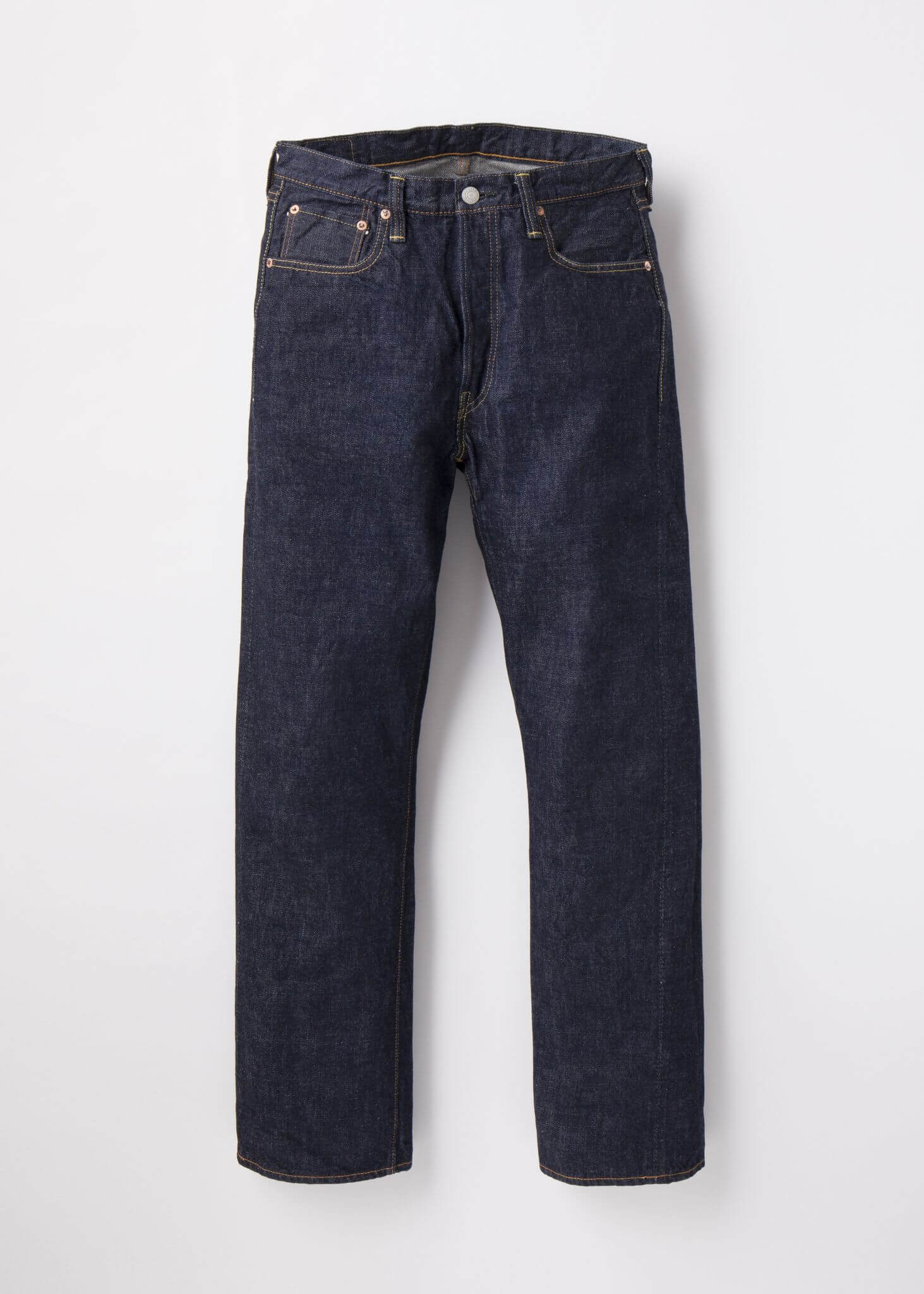
 Share
Share
 Tweet
Tweet

